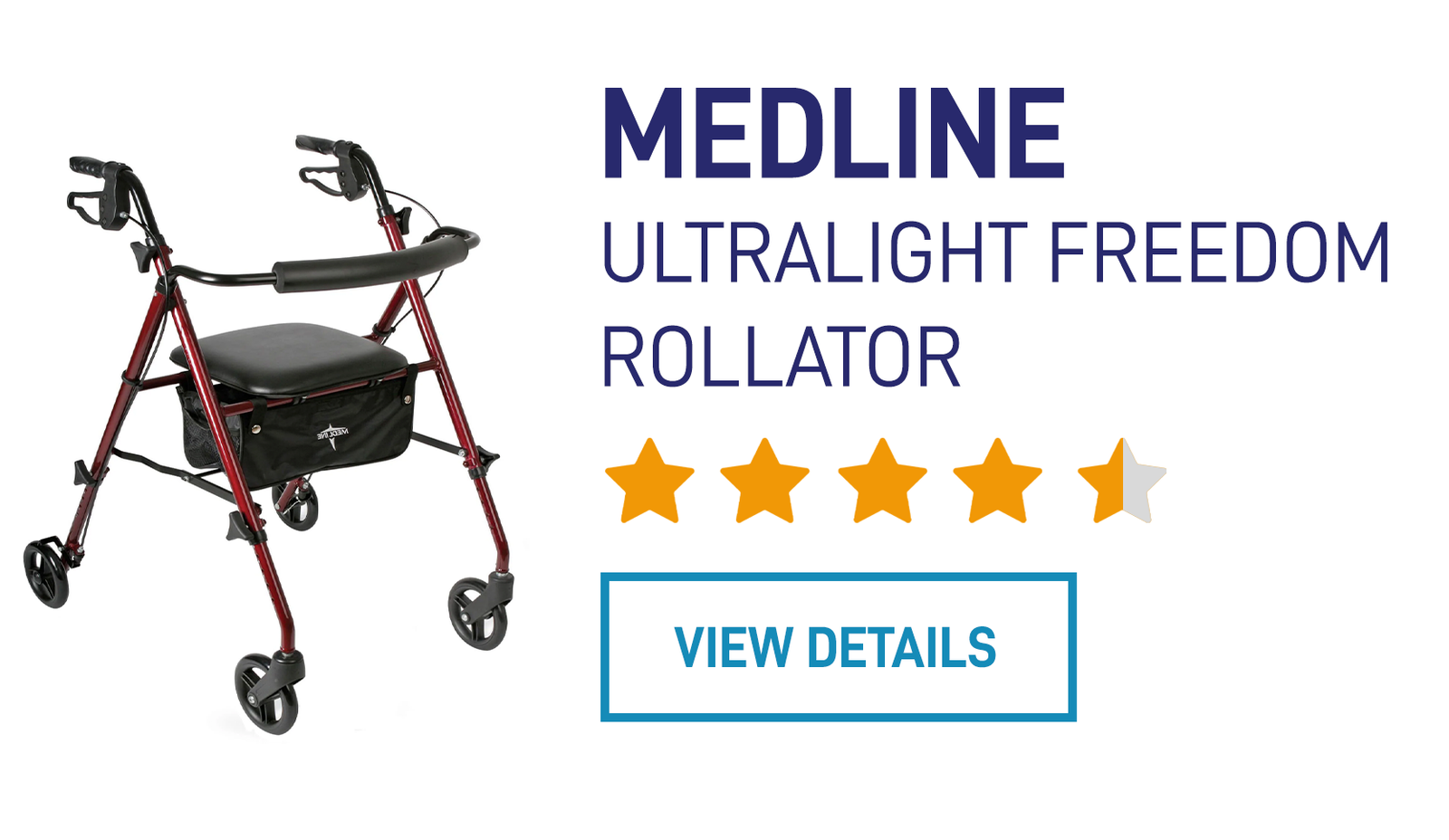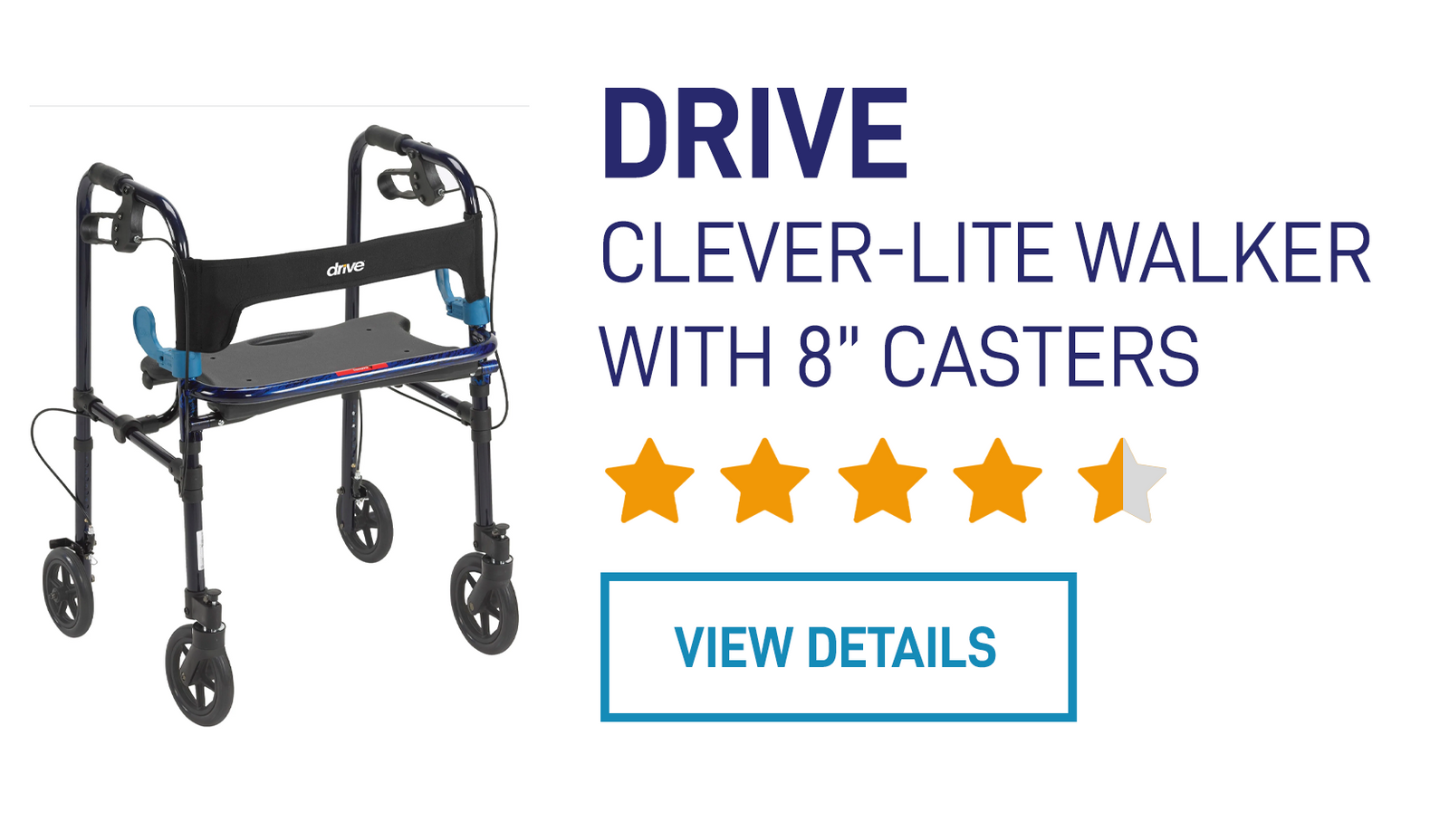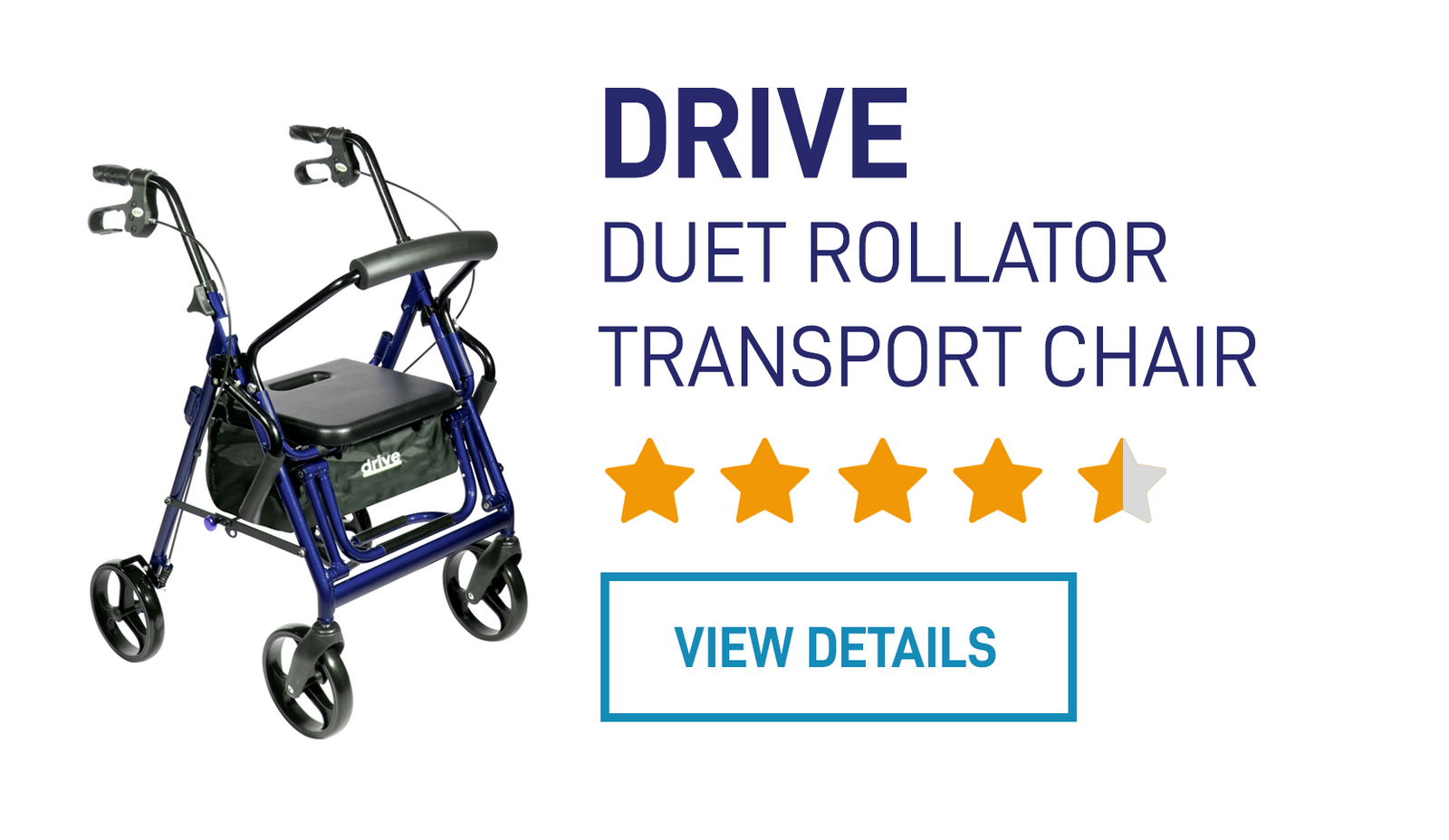Your Cart is Empty
Free Shipping on all orders $99.00 or more.
Menu

Free Shipping on all orders $99.00 or more.
ROLLATORS
Walkers
Crutches & Canes
Transport & Wheelchairs
Accessories & Parts
Exercise May Be the Best Anti-Aging Drug
May 16, 2014 2 min read
“I’m getting older but I’m not getting old,” says Hildegard Gigl (pronounced “giggle”), a 99 year old fitness instructor. All the members of her fitness group are 75 or older. Some, including Gigl herself, use walkers and other mobility devices, but that doesn’t stop them from doing wall pushups, weightlifting soup cans, and other exercises to the tune of big band hits.
According to Mayo Clinic expert Dr. Andrea Cheville, “the mantra now is, exercise is a drug.” It treats a wide range of age related ailments. It helps seniors maintain healthy cholesterol, blood pressure, and weight, while at the same time lowering their risk of everything from cancer to heart attacks and even Alzheimer’s.
Fortunately, seniors are taking note and those 50 and older are now the fastest growing segment of membership at the YMCA. Their primary goal isn’t so much to live longer as it is to live better. They want to be active, independent and able to play with their grandchildren during their golden years. And, as Gigl shows, with a little exercise this is totally doable.
According to Dr. Cheville, the type, frequency and dose of exercise needs to match each individual’s age and condition. If they feel pain, they should see a doctor to make sure exercise won’t make it worse. Cheville also advises seniors to “find ways to exercise that don’t exacerbate the pain.” For example, walking up and down stairs might hurt but cycling might not. It all depends on the individual.
The goal should be 30 minutes of activity most days of the week. This could be done all at once or in shorter sessions throughout the day. Those who don’t currently exercise should start small and work their way up. Though it takes time, healthy doses of exercise may well be the best anti-aging drug we have.
Subscribe
Sign up to get the latest on sales, new releases and more …
{"themeColor":"#5273b8","iconColor":"#5273b8","showLogo":true,"topBottomPosition":0,"rightLeftPosition":0,"iconSize":"large","iconCustomSize":60,"position":"middle-right"}



